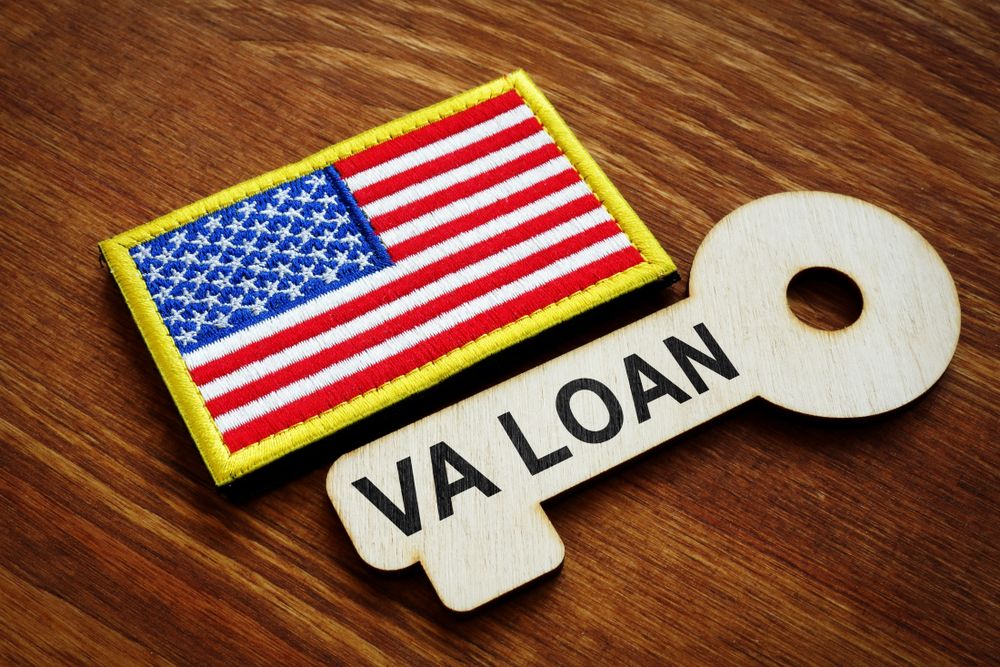
Welcome to a comprehensive resource designed to help our nation’s veterans understand and utilize the VA Loan program for home buying. As someone who has served, you’ve earned a myriad of benefits, with one of the most significant being the VA Loan. This program is not just a way to say “thank you” for your service but a practical tool to help you achieve homeownership. In this guide, we will explore the ins and outs of VA Loans and provide you with the knowledge you need to make an informed decision when purchasing your home.
Understanding VA Loans: A Brief Overview
VA Loans are a fantastic benefit offered to veterans, active duty service members, and certain members of the National Guard and Reserves. Administered by the Department of Veterans Affairs, this program was established in 1944 through the original GI Bill. Its primary goal is to help those who serve our country become homeowners.
Unlike conventional loans, VA Loans offer significant advantages. For starters, they require no down payment, which can be one of the largest hurdles faced by prospective homebuyers. Additionally, VA Loans do not require private mortgage insurance (PMI), which is typically mandated on other loans when the down payment is less than 20%. These loans also come with competitive interest rates and more lenient credit requirements, making homeownership more accessible for many veterans.
Eligibility Requirements for VA Loans
To take advantage of a VA Loan, you must first meet certain eligibility requirements. Generally, you are eligible if you are an active duty service member, a veteran, a member of the National Guard or Reserves, or the surviving spouse of a service member who died in the line of duty or as a result of a service-related disability. Eligibility is also determined by the length of service or service commitment, duty status, and character of service.
To get started, you’ll need to obtain a Certificate of Eligibility (COE) from the VA. This document verifies to lenders that you meet the necessary service requirements for a VA Loan. You can apply for a COE online through the VA’s eBenefits portal, by mail, or through a lender who participates in the VA Home Loan program.
The VA Loan Application Process
Once you have your COE in hand, the next step is finding a VA-approved lender. Many financial institutions offer VA Loans, but it’s important to shop around to find the best rates and terms that suit your financial situation. When you’ve chosen a lender, the application process will resemble that of a conventional loan, with some key differences tailored to the VA program.
Your lender will review your credit score, income, and other financial information to determine your loan preapproval. Preapproval is a crucial step as it gives you a clear idea of how much you can afford and shows sellers that you are a serious buyer. During this process, the lender will also order a VA appraisal of the property. This appraisal is unique because it involves a review of the property to ensure it meets the VA’s Minimum Property Requirements (MPRs), which are designed to ensure the home is safe, structurally sound, and sanitary.
The Advantages of VA Loans
The advantages of VA Loans extend beyond the no down payment and no PMI requirements. For example, VA Loans do not have a prepayment penalty, allowing you to pay off your loan early without incurring additional fees. Additionally, the VA offers assistance to borrowers experiencing financial hardship, providing a safety net that isn’t typically available with conventional loans.
Another notable advantage is the VA Funding Fee, which is a one-time fee that helps to keep the loan program running. While this fee is required, it can be rolled into the overall loan amount, and certain individuals, such as those with service-connected disabilities, may be exempt from it. Moreover, VA Loan closing costs are limited and may be paid by the seller, offering further financial relief to the buyer.
Refinancing with a VA Loan
For veterans who already own a home with a VA Loan, refinancing options are available to help reduce monthly payments or take cash out from home equity. The VA offers two main types of refinancing: the Interest Rate Reduction Refinance Loan (IRRRL), also known as the VA Streamline Refinance, and the VA Cash-Out Refinance.
The IRRRL is a simplified refinance option that allows you to obtain a lower interest rate with minimal paperwork and often without a new appraisal. On the other hand, the VA Cash-Out Refinance enables you to refinance a non-VA loan into a VA loan and take cash out from your home’s equity. Both options are excellent ways to improve your financial situation and take full advantage of your VA benefits.
The VA Loan program is an invaluable resource for veterans and active service members looking to purchase or refinance a home. By understanding the basics of VA Loans, determining your eligibility, navigating the application process, and recognizing the advantages and refinancing options available, you can make the most of this incredible benefit. Remember, you’ve earned the right to a home loan that acknowledges and rewards your service to our country. Use this guide as a stepping stone to homeownership and a secure financial future.
